Shanghai’s Natural History Museum is at one with its collection
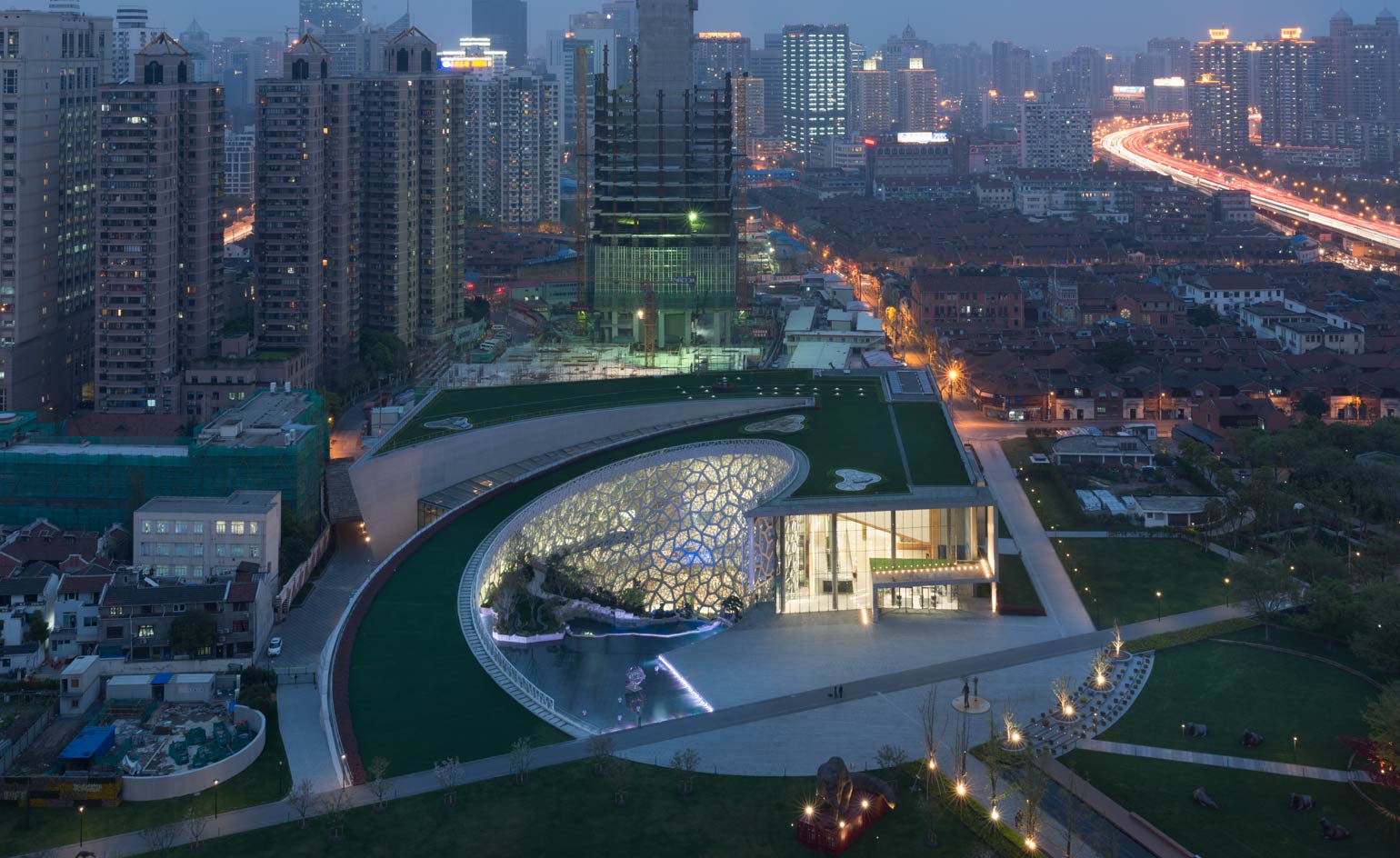
With a captivating collection of over 10,000 artefacts - including everything from dinosaurs to deep-sea monsters and mummies from the Ming Dynasty - the new home for the Shanghai Natural History Museum, designed by internationally acclaimed practice Perkins+Will, captures the essence of nature through biomimicry.
Previously housed in the former 1920s Shanghai Cotton Exchange, the old museum suffered from space constraints and was able to display just one percent of its entire collection at any given time. In contrast, the generous new structure accommodates six levels of exhibition space and offices, a 30m high entrance lobby and an IMAX cinema, covering a total area of 45,086 sqm.
Inspired by the pure geometry of a spiralling nautilus shell, the building curves elegantly downwards, with the lower three floors dropping below ground level. Enclosed within this 'shell', the serene surface of a centrally placed pond gives way to a series of rocky garden terraces, in the style of a traditional Chinese 'Mountain and Water' garden.
Global Design Director Ralph Johnson headed the project, which lies in the Jing'an Sculpture Park in central downtown Shanghai. 'Through its integration with the site, the building represents the harmony of man and nature and is an abstraction of the basic elements of Chinese art and design,' he says on the concept.
In keeping with the building's nature-inspired approach, each of the four external walls symbolises a separate element of the natural world: the living wall represents forests; the north wall is a rock face relating to Earth's geology and plate tectonics; there is a glazed façade harnessing the power of the sun; whilst the internal lining of the 'shell' displays a beautiful white lattice in a cellular pattern - combining an intricate multilayered glass, concrete and steel construction - which references the complex system of a living organism.
The spiralling planted rooftop becomes a fifth façade, overlooked by the high-rise apartment blocks which surround the sculpture park. Accessible to visitors, the roof provides a viewing platform over the garden at its heart, and doubles up as a rainwater collection system with storage in the courtyard pond.
Sustainable design solutions (such as greywater recycling and a geothermal energy system) are displayed as part of the exhibition and reveal the story of the museum, explaining the benefits of environmental strategies.The abundance of natural references throughout ensure that the museum's architecture becomes as much a part of the exhibit as the collection it hosts.
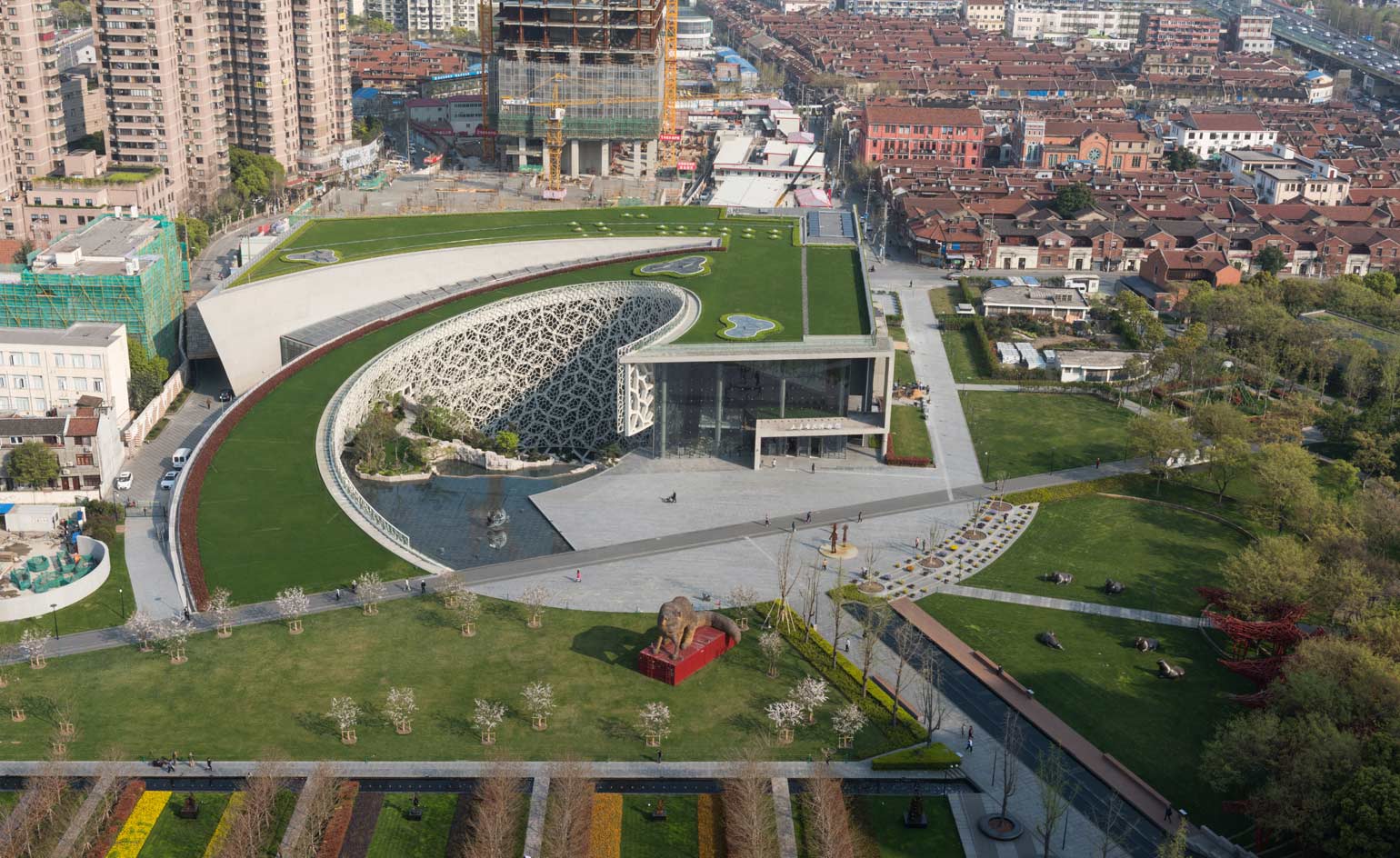
Inspired by the form of a nautilus shell, the building spirals up out of the ground, topped by an accessible green roof
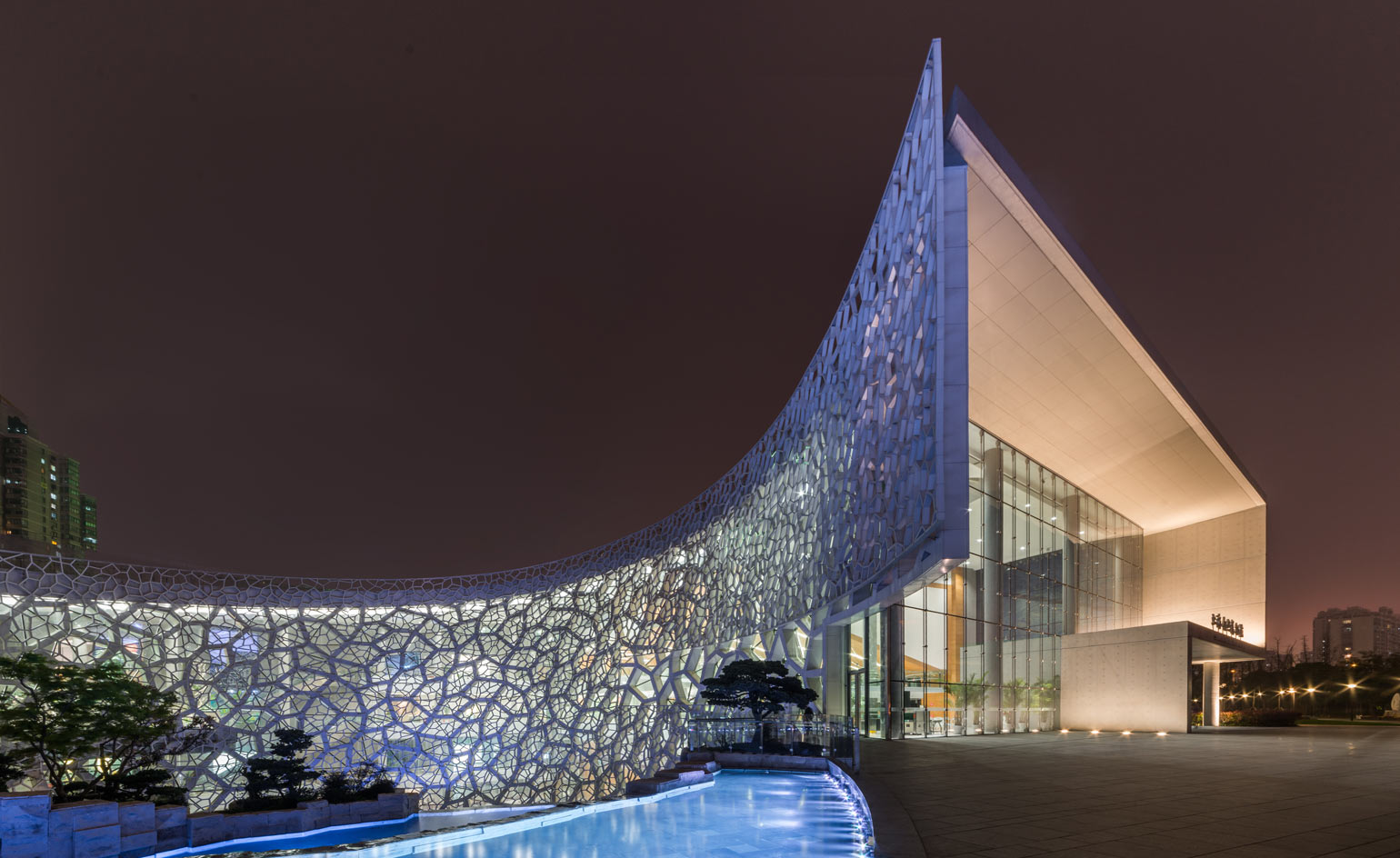
The building's most striking architectural feature is a curving cellular-patterned wall which delicately frames the courtyard pond

The building features bioclimatic design, which uses an intelligent skin to respond to the sun and maximise daylight, while controlling solar gain
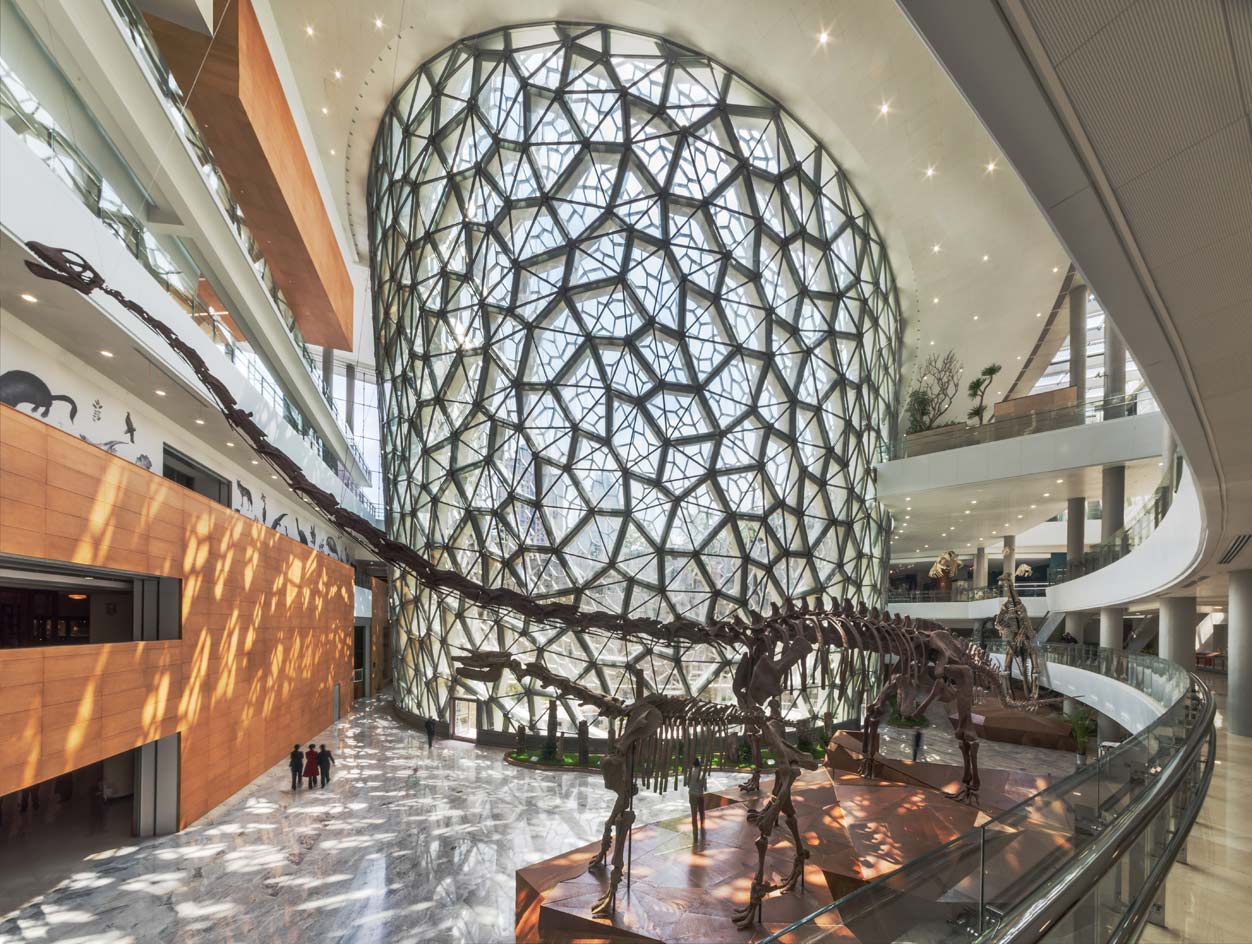
The central atrium rises 30m, with dappled sunlight streaming in through the glass, concrete and steel facade
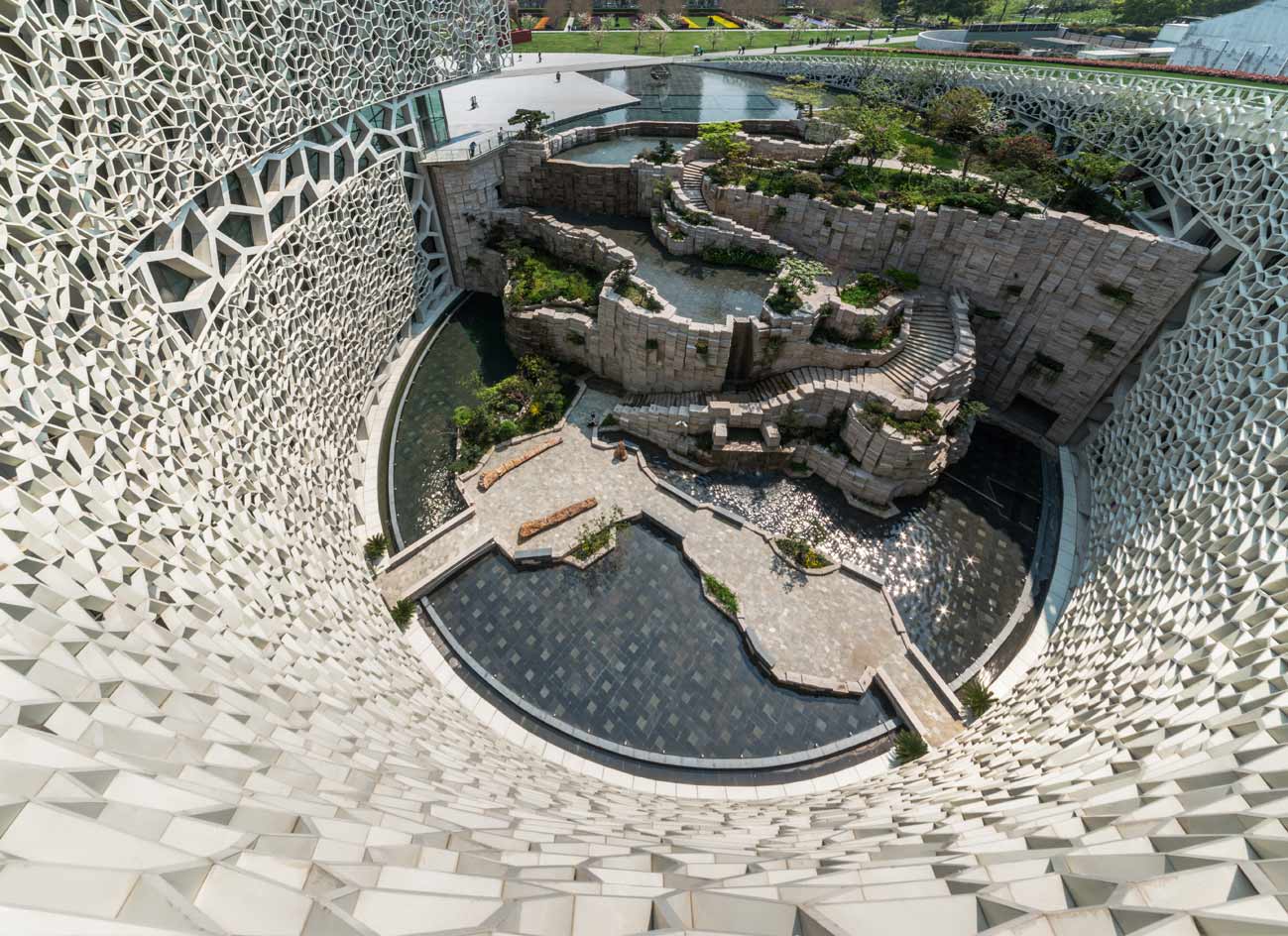
Enclosed within the curve of the 'shell', a pond cascades down rocky terraces in the style of a Chinese 'Mountain and Water' garden. "The use of cultural references found in traditional Chinese gardens was key to the design", explains head architect, Ralph Johnson
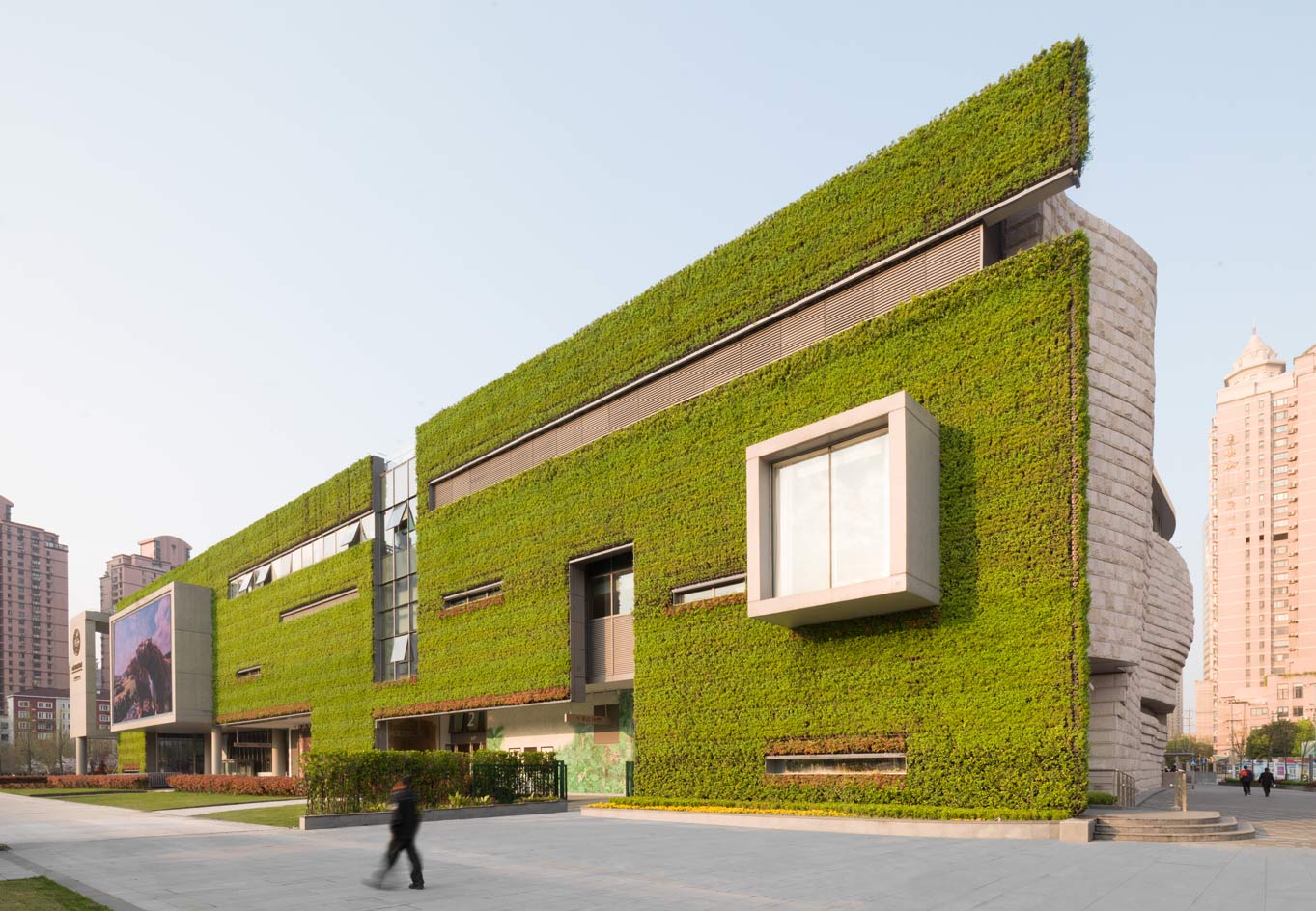
Each elevation represents a different natural element. The eastern living wall symbolizes the Earth's vegetation
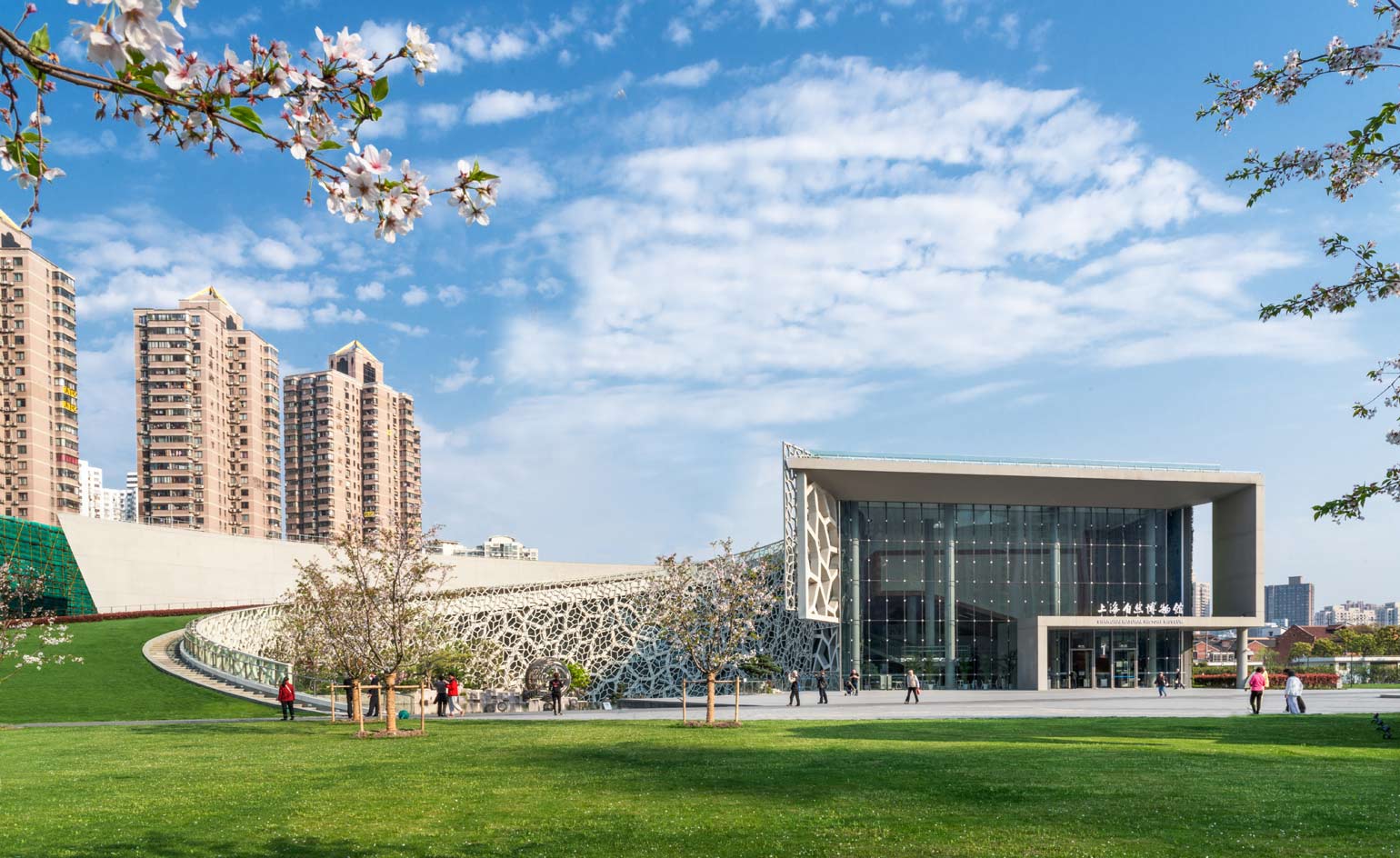
The internal cell-inspired wall's complicated geometry required detailed computer modelling
Receive our daily digest of inspiration, escapism and design stories from around the world direct to your inbox.
-
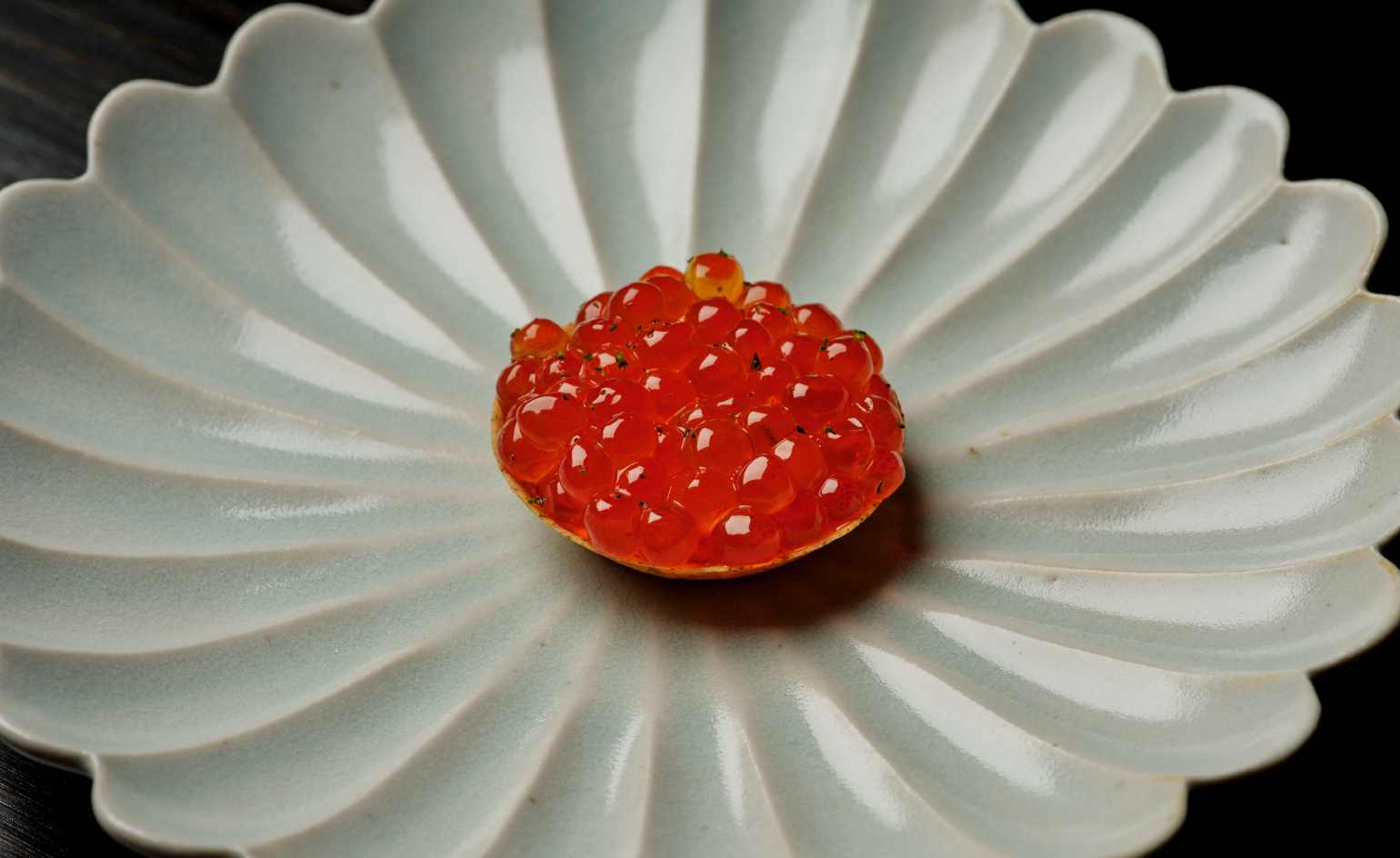 This cult Los Angeles pop-up restaurant now has a permanent address
This cult Los Angeles pop-up restaurant now has a permanent addressChef Brian Baik’s Corridor 109 makes its permanent debut in Melrose Hill. No surprise, it's now one of the hardest tables in town to book
-
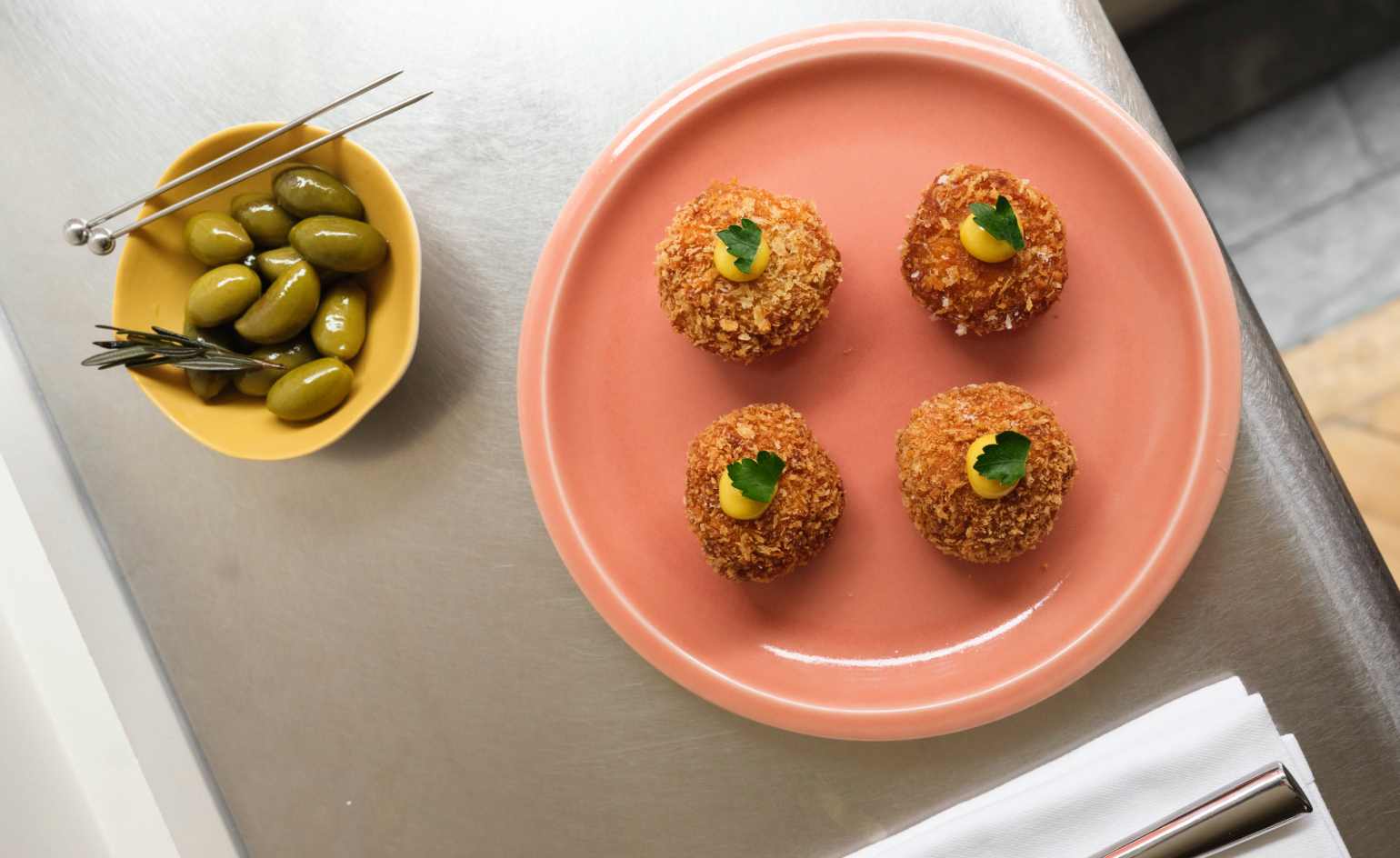 French bistro restaurant Maset channels the ease of the Mediterranean in London
French bistro restaurant Maset channels the ease of the Mediterranean in LondonThis Marylebone restaurant is shaped by the coastal flavours, materials and rhythms of southern France
-
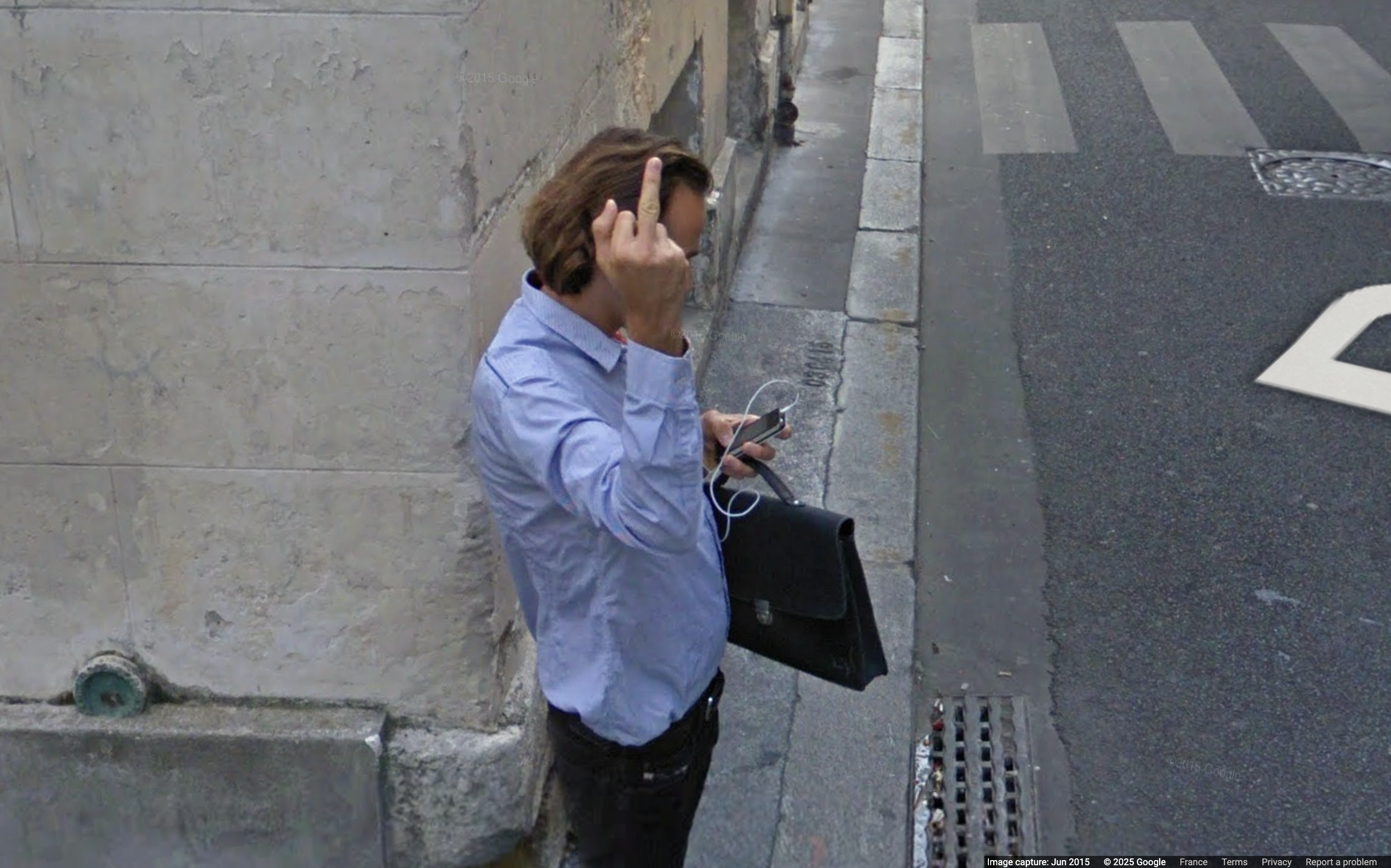 How ethical is Google Street View, asks Jon Rafman in Copenhagen
How ethical is Google Street View, asks Jon Rafman in CopenhagenIn 'Report a Concern - the Nine Eyes Archives' at Louisiana Museum of Art, Copenhagen, Jon Rafman considers technology's existential implications
-
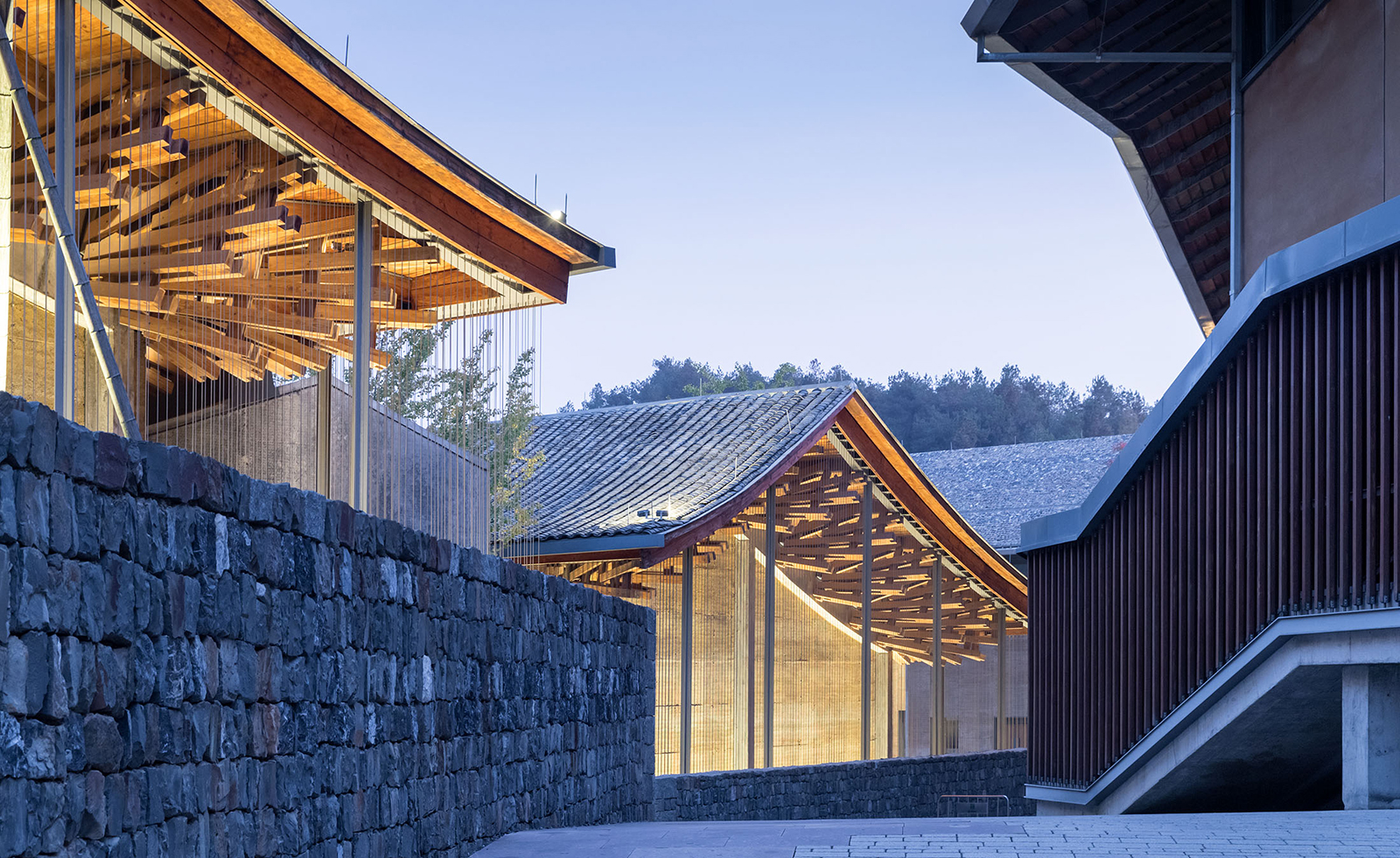 Wang Shu and Lu Wenyu to curate the 2027 Venice Architecture Biennale
Wang Shu and Lu Wenyu to curate the 2027 Venice Architecture BiennaleChinese architects Wang Shu and Lu Wenyu have been revealed as the curators of the 2027 Venice Architecture Biennale
-
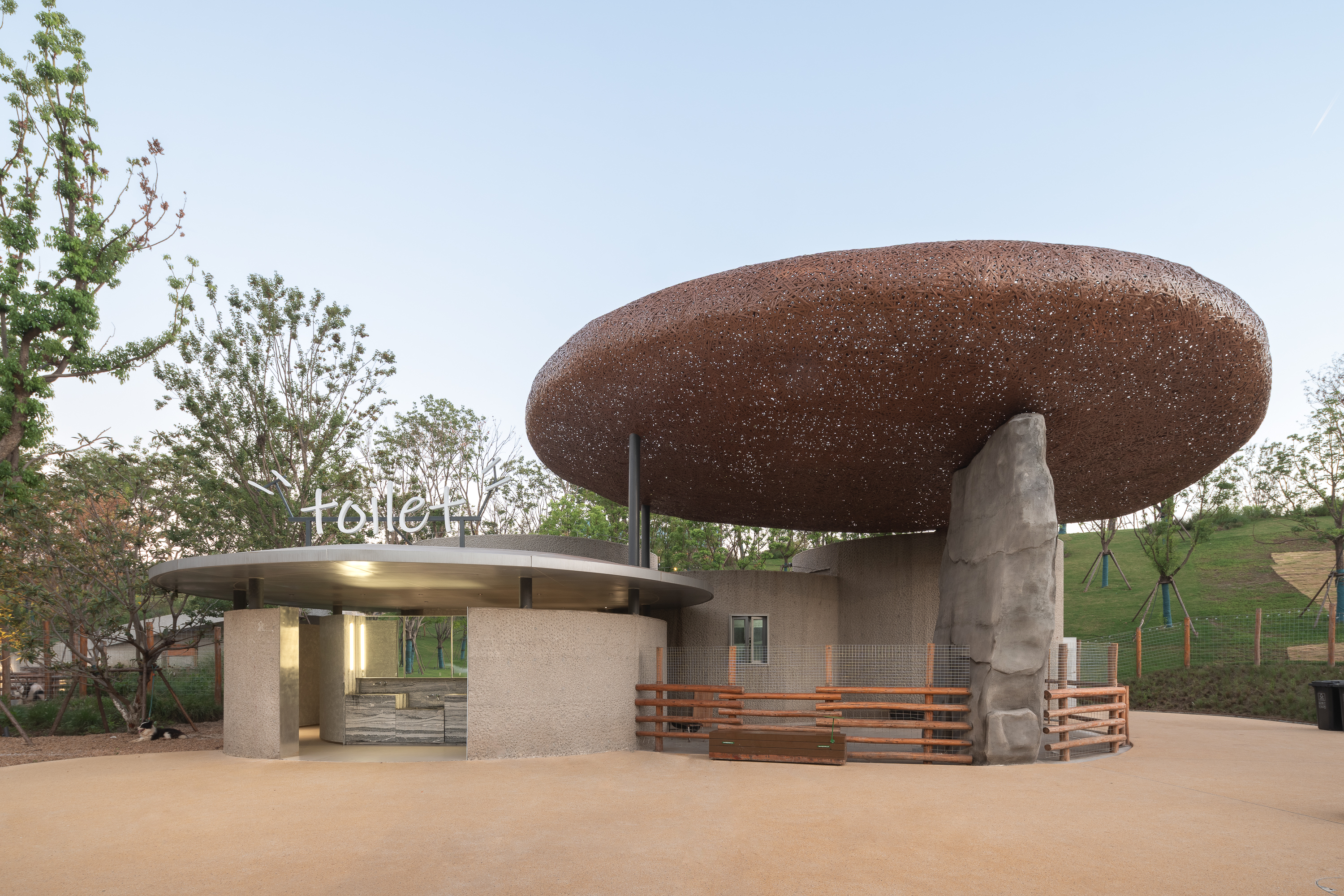 Tour this Chinese eco-farm, an imaginative wonderland connecting visitors with nature
Tour this Chinese eco-farm, an imaginative wonderland connecting visitors with natureLuxeIsland Farm by Various Associates is an eco-farm and visitor attraction in China’s picturesque Wuhan region; take a stroll across its fantastical landscape
-
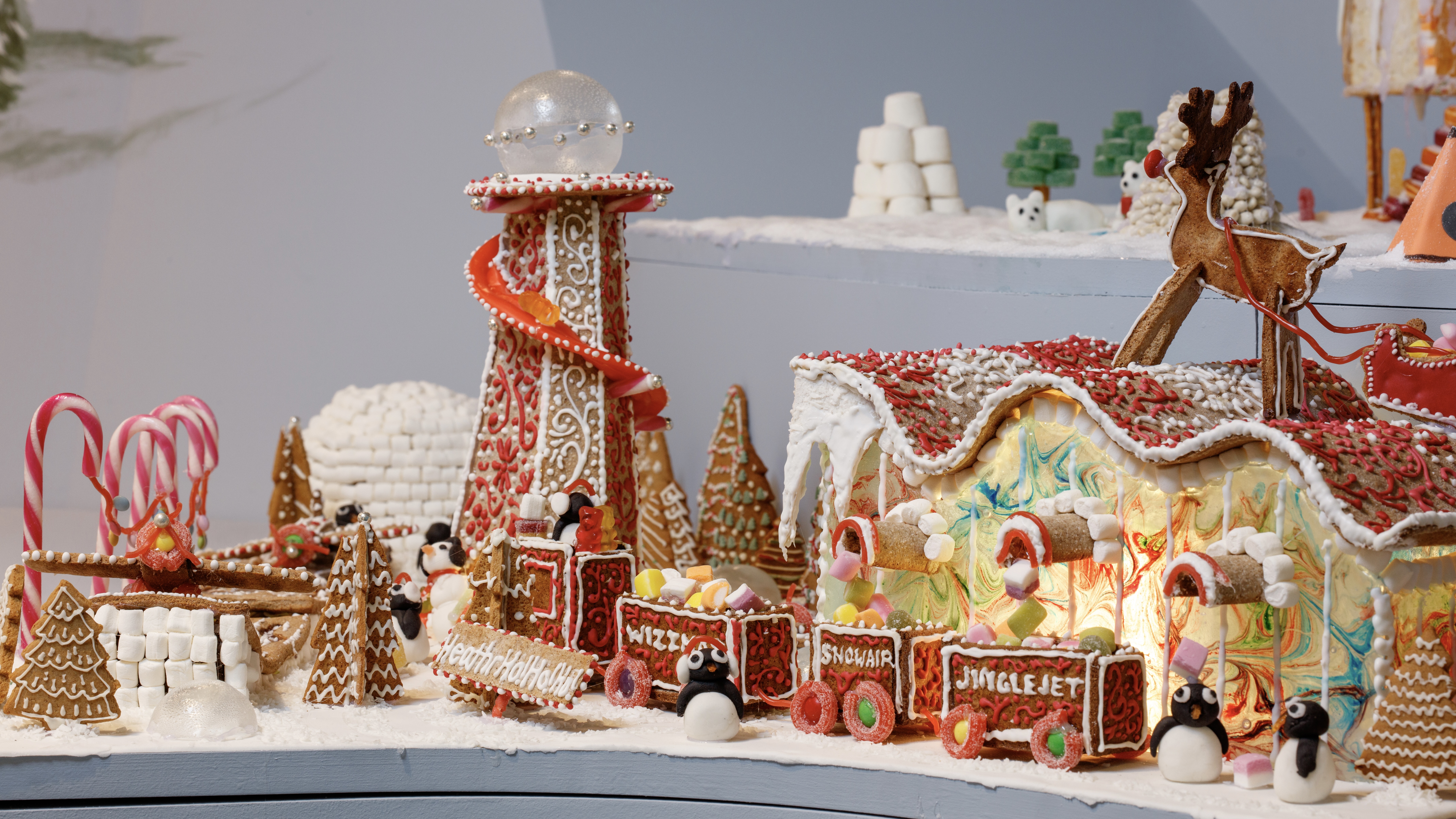 Welcome to The Gingerbread City – a baked metropolis exploring the idea of urban ‘play’
Welcome to The Gingerbread City – a baked metropolis exploring the idea of urban ‘play’The Museum of Architecture’s annual exhibition challenges professionals to construct an imaginary, interactive city entirely out of gingerbread
-
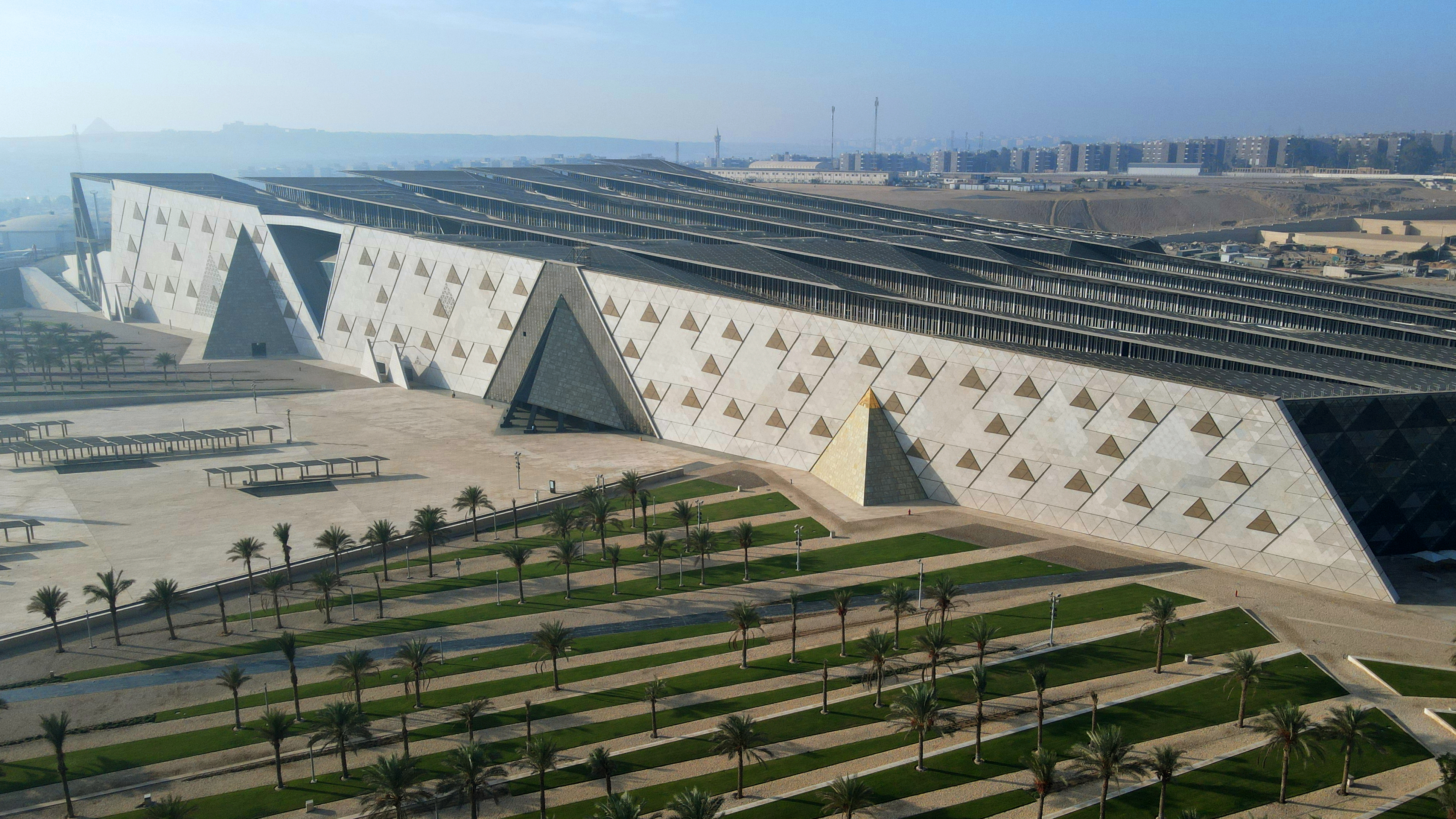 The Grand Egyptian Museum – a monumental tribute to one of humanity’s most captivating civilisations – is now complete
The Grand Egyptian Museum – a monumental tribute to one of humanity’s most captivating civilisations – is now completeDesigned by Heneghan Peng Architects, the museum stands as an architectural link between past and present on the timeless sands of Giza
-
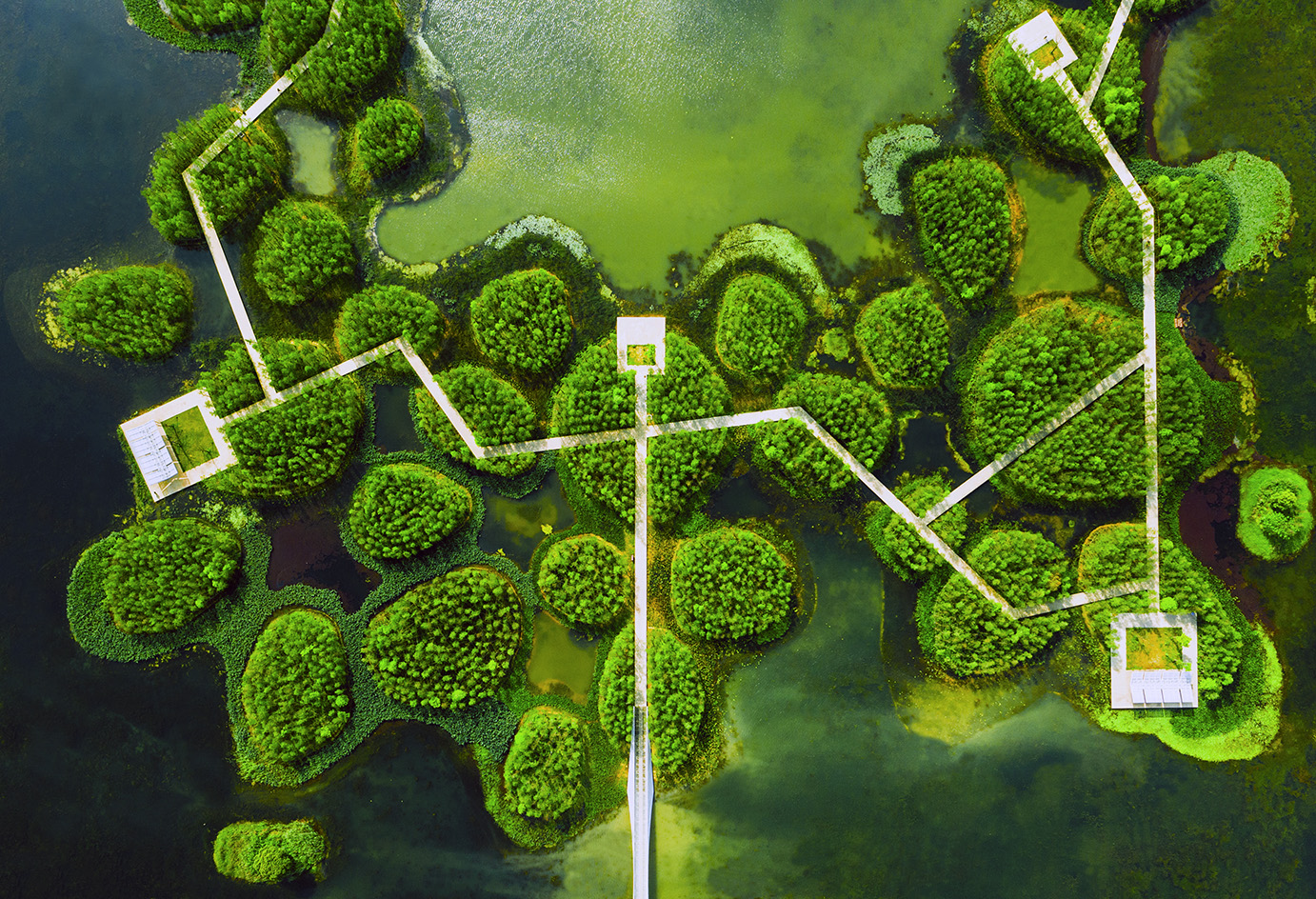 Honouring visionary landscape architect Kongjian Yu (1963-2025)
Honouring visionary landscape architect Kongjian Yu (1963-2025)Kongjian Yu, the renowned landscape architect and founder of Turenscape, has died; we honour the multi-award-winning creative’s life and work
-
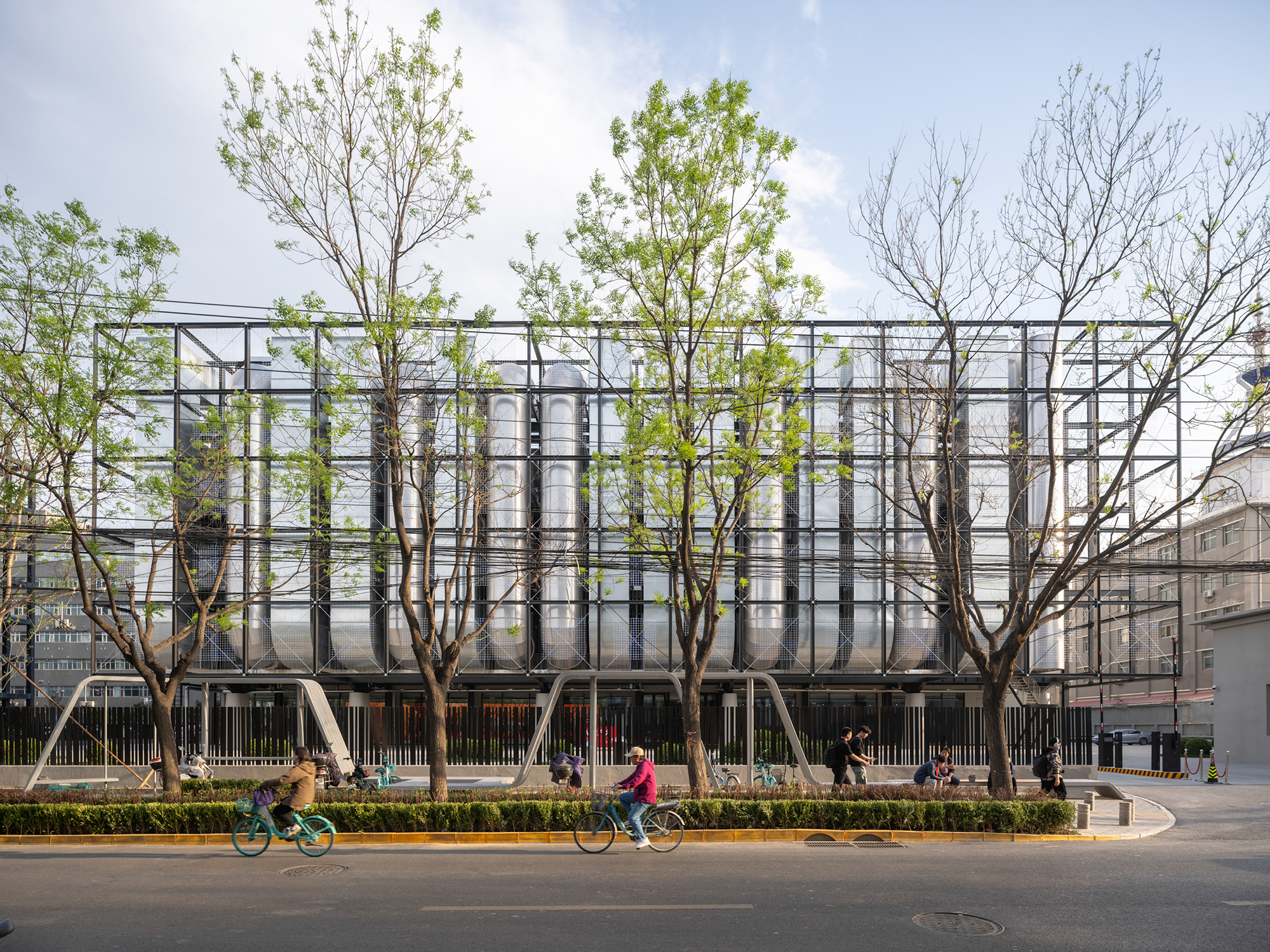 A new AI data centre in Beijing is designed to evolve and adapt, just like the technology within
A new AI data centre in Beijing is designed to evolve and adapt, just like the technology withinSpecialised data centre Spark 761, designed by llLab, is conceived as a physical space where humans and AI technology can coexist
-
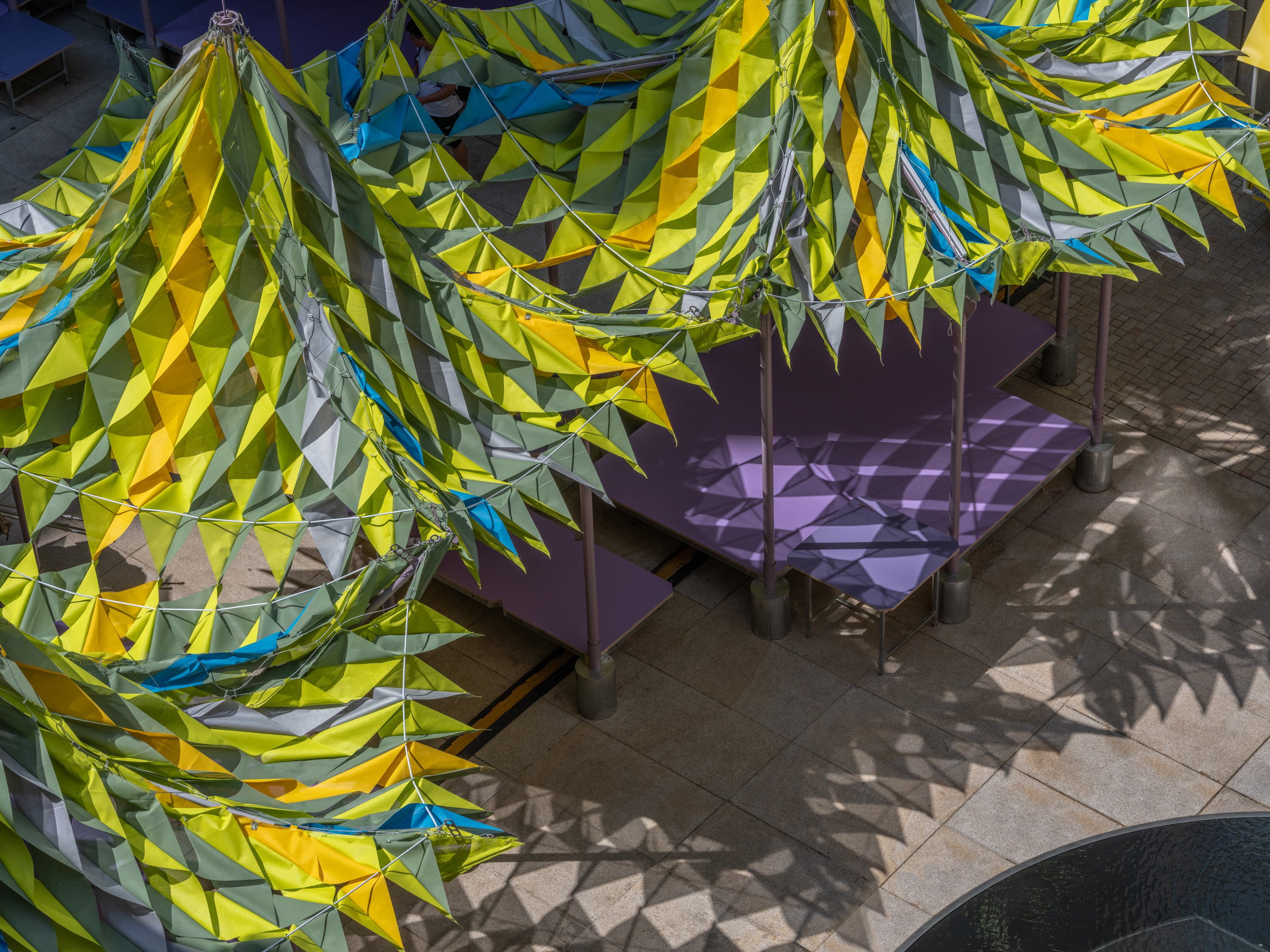 Shanghai’s biennial, RAMa 2025, takes architectural exploration outside
Shanghai’s biennial, RAMa 2025, takes architectural exploration outsideRAMa 2025, the architecture biennial at Rockbund Art Museum in Shanghai, launches, taking visitors on a journey through a historic city neighbourhood – and what it needs
-
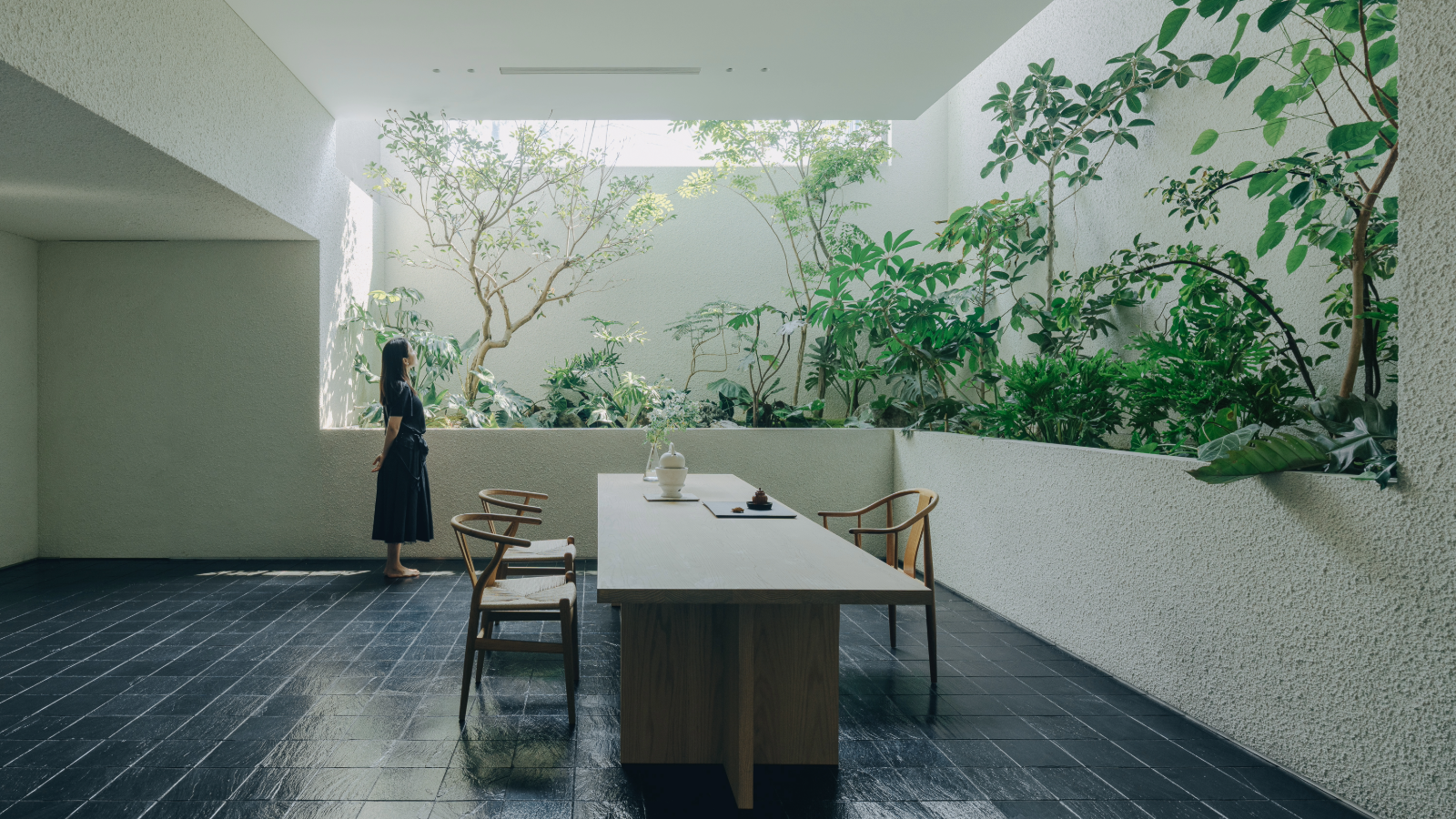 Atelier About Architecture’s ‘house within a house, and garden within a garden’
Atelier About Architecture’s ‘house within a house, and garden within a garden’House J in Beijing, by Atelier About Architecture, is an intricate remodelling complete with a hidden indoor garden and surprising sight lines